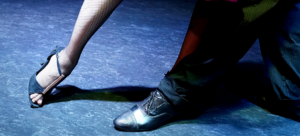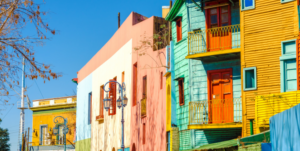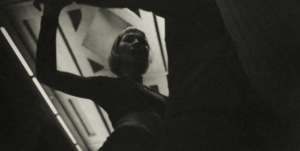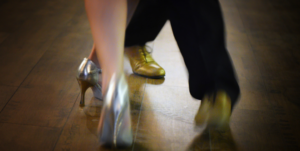Origins of Tango and Its Early Forms
Tango traces its roots back to the 19th century in the working-class neighborhoods of Buenos Aires and Montevideo. Influenced by a fusion of cultures—including African candombe, Cuban habanera, milonga, and Spanish flamenco—tango emerged as a form of expression for the working and marginalized classes. Initially, tango wasn’t considered a respectable genre and was associated with brothels and bars.
One of the earliest documented tangos is “El Entrerriano,” composed by Rosendo Mendizábal in 1897. While it may not be the absolute oldest, it’s among the first recorded tangos that have endured over time. This instrumental piece reflects the fusion of rhythms and styles characteristic of the genre’s early days.
The Evolution from Milonga to Tango
Milonga is a direct precursor to tango. With its fast and lively rhythm, milonga was danced in both rural and urban areas of Argentina. As it integrated with other musical rhythms and styles, milonga evolved into tango, adopting a slower and more sensual tempo.
Tango’s time signature is distinguished by its marked 2/4 or 4/4 beat, differing from the quicker pace of milonga. The musicality of tango was enriched by the incorporation of instruments like the bandoneón, which became the genre’s hallmark sound. This instrument, brought to Argentina by European immigrants, added depth and melancholy to the music.
Carlos Gardel and the Popularization of Tango
Carlos Gardel, known as “El Zorzal Criollo,” played a pivotal role in popularizing tango. Although he wasn’t among the genre’s pioneers, his contribution was immense. Gardel elevated tango to new heights with his voice and charisma, transforming it into a respected and beloved music worldwide.
Gardel recorded many iconic tangos, but one of the most significant in terms of antiquity and popularity is “Mi Noche Triste,” recorded in 1917. This song is considered one of the first sung tangos and marked the beginning of a new era, where poetic lyrics merged with music to tell stories of love, heartbreak, and life in Buenos Aires.
The Guardia Vieja and Guardia Nueva Periods
Tango has undergone several evolutionary stages, known as Guardia Vieja and Guardia Nueva. The Guardia Vieja refers to the early years of tango, from the late 19th century until approximately 1920. During this period, tango developed in popular neighborhoods, and its music was primarily instrumental. This era is characterized by simple compositions and marked rhythms, with contributions from composers like Eduardo Arolas and Ángel Villoldo.
The Guardia Nueva began in the 1920s and extended into the 1950s. This stage marked the professionalization and sophistication of tango. More poetic and complex lyrics were introduced, and the music became more elaborate with sophisticated arrangements. Figures such as Carlos Gardel, Aníbal Troilo, and Astor Piazzolla were crucial during this time. The Guardia Nueva also saw the rise of large tango orchestras, which elevated the music’s popularity to unprecedented levels.
The Musicality and Orchestras of Tango
Tango’s musicality wouldn’t be the same without the great orchestras that elevated the genre to new levels of sophistication. Orchestras led by musicians like Francisco Canaro, Osvaldo Pugliese, and Aníbal Troilo, among others, contributed significantly to tango’s evolution. These ensembles not only performed classic tangos but also innovated in terms of arrangement and composition, keeping the genre vibrant and relevant.
In conclusion, while it’s challenging to pinpoint the absolute oldest tango, compositions like “El Entrerriano” offer a glimpse into the genre’s early days. The evolution from milonga to tango, the contributions of artists like Carlos Gardel, and the development through the Guardia Vieja and Guardia Nueva periods highlight the rich and dynamic history of tango.





